What Is Tungsten Disulfide Used For
What is Tungsten Disulfide?
Current research defines tungsten disulfide (WS2) as a dry lubricant powder. Measured friction coefficients for WS2 remain lower than those for Molybdenum Disulfide (MoS2) and graphite under identical test conditions.
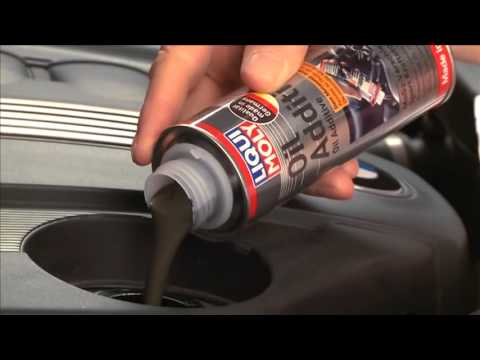
Tungsten Disulfide Applications
Multiple chemical properties allow tungsten disulfide (WS2) to replace Molybdenum Disulfide (MoS2) in lubrication tests. WS2 operates in high temperature and high pressure environments. It remains stable from -450° F (-270° C) to 1200° F (650° C) at atmospheric pressure. Under vacuum, its stability extends from -305° F (-188° C) to 2400° F (1316° C). Coated films withstand loads up to 300 000 psi.
The powder exhibits a low friction coefficient. Its potential use is evaluated by research teams. Scientists may test various experimental applications given that results show quantifiable friction reduction.
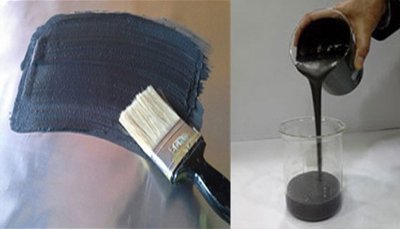
Tungsten disulfide lubricates moving parts. In formulations, WS2 forms a coating on mechanical surfaces. The coating reduces friction and increases load capacity for extended operational cycles.
The powder may be applied as a coating by spraying dry compressed air onto the substrate. No binder is required. Application occurs at room temperature.
Coating applications include automotive parts and racing engine components. They are used on cutting tools and blades. Aerospace components and various types of bearings utilise these coatings. Maritime parts, valve components, pistons, chains, slotting tools, knives, mould separators, precision gears and machine components have also been coated.
Tungsten Disulfide Powder does not adhere readily. Application with sufficient force is necessary for adhesion onto a substrate. The maximum possible coating thickness is 0.5 micrometres because a WS2 particle does not adhere to another. A single layer of WS2 particles produces measurable friction reduction.

 Bars
Bars
 Beads & Spheres
Beads & Spheres
 Bolts & Nuts
Bolts & Nuts
 Crucibles
Crucibles
 Discs
Discs
 Fibers & Fabrics
Fibers & Fabrics
 Films
Films
 Flake
Flake
 Foams
Foams
 Foil
Foil
 Granules
Granules
 Honeycombs
Honeycombs
 Ink
Ink
 Laminate
Laminate
 Lumps
Lumps
 Meshes
Meshes
 Metallised Film
Metallised Film
 Plate
Plate
 Powders
Powders
 Rod
Rod
 Sheets
Sheets
 Single Crystals
Single Crystals
 Sputtering Target
Sputtering Target
 Tubes
Tubes
 Washer
Washer
 Wires
Wires
 Converters & Calculators
Converters & Calculators
 Write for Us
Write for Us
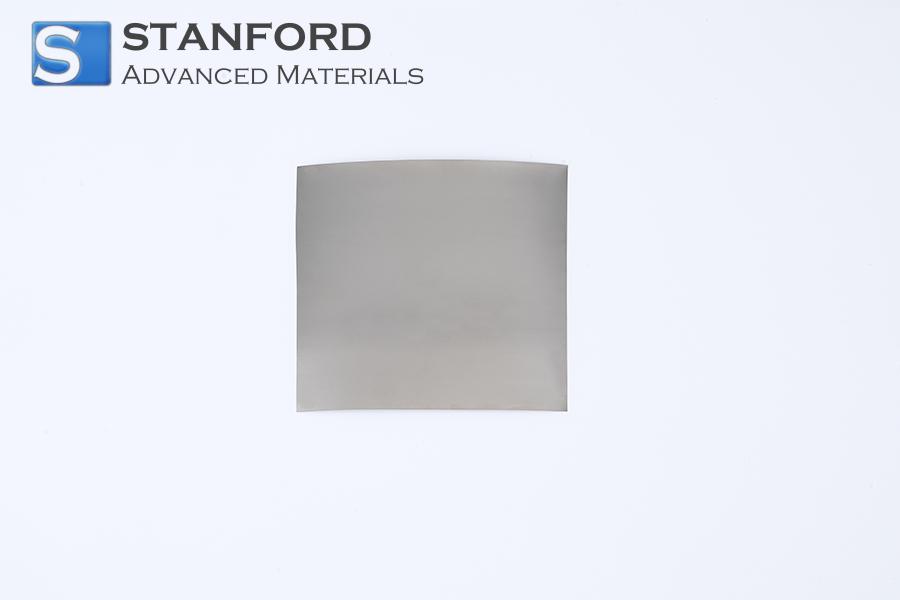
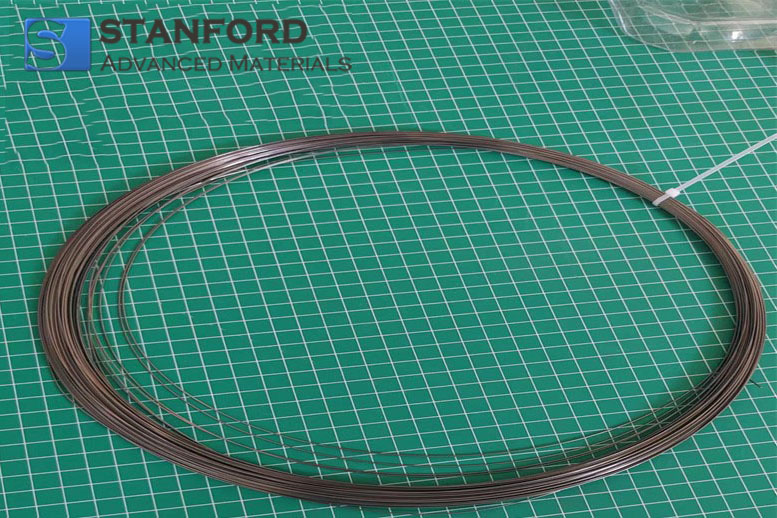
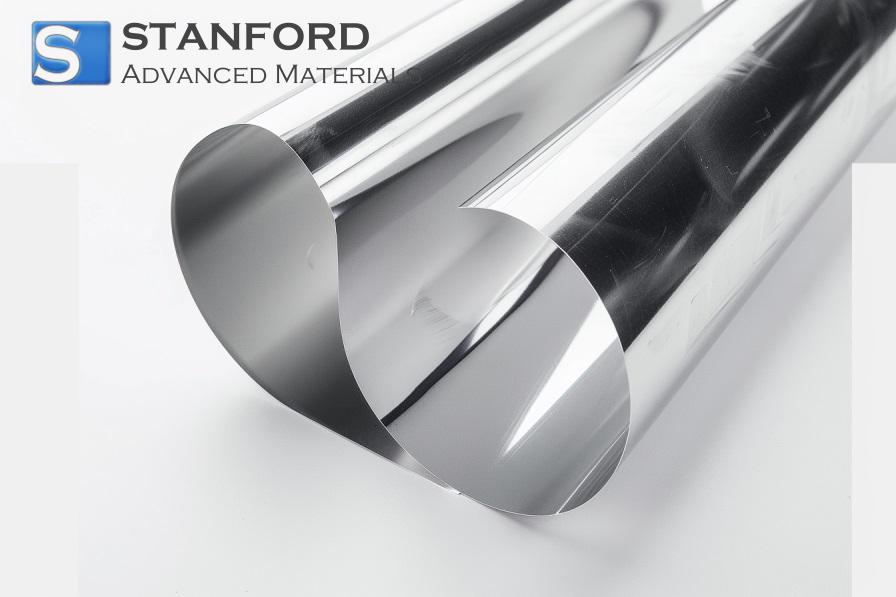
 Chin Trento
Chin Trento



